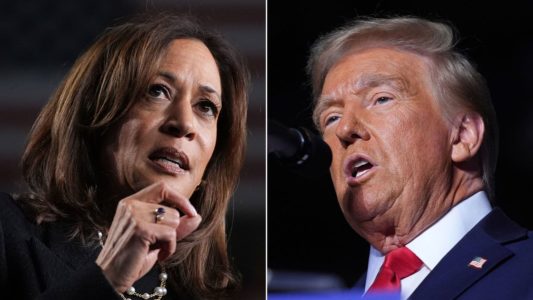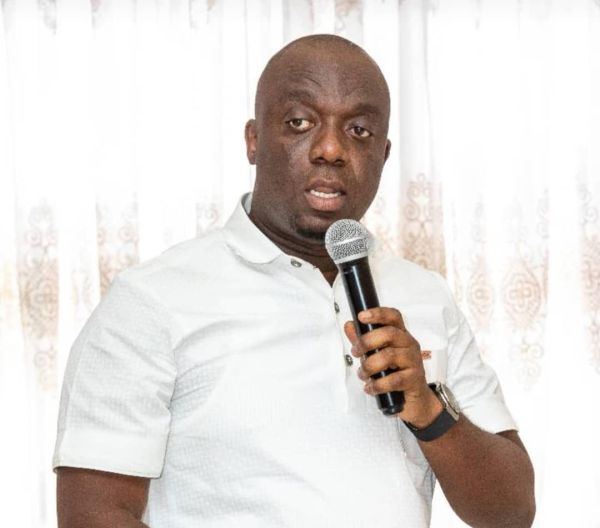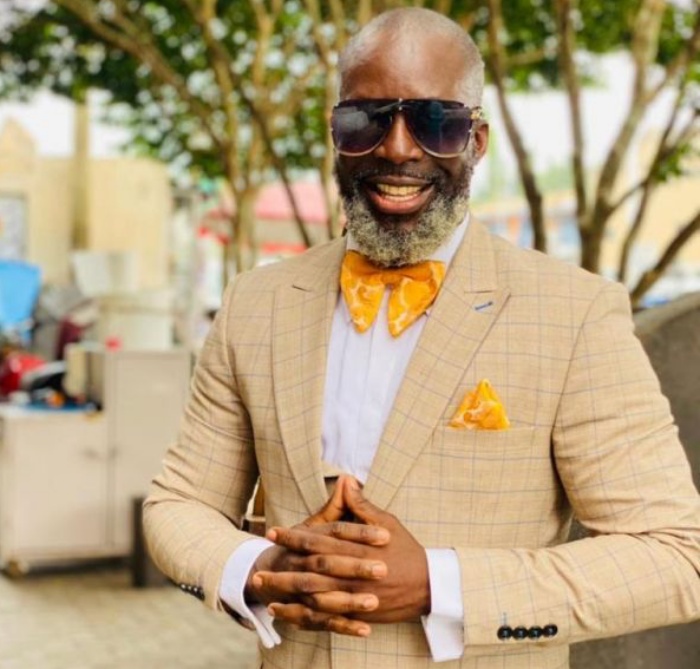TRUMP’S SURPRISE VICTORY: A Comeback Rooted in Voter Frustration
Donald Trump was elected the 47th president of the United States on Wednesday, an extraordinary comeback for a former president who refused to accept defeat four years ago, sparked a violent insurrection at the U.S. Capitol, was convicted of felony charges and survived two assassination attempts.
With a win in Wisconsin, Trump cleared the 270 electoral votes needed to clinch the presidency.
The victory validates his bare-knuckle approach to politics. He attacked his Democratic rival, Kamala Harris, in deeply personal – often misogynistic and racist – terms as he pushed an apocalyptic picture of a country overrun by violent migrants. The coarse rhetoric, paired with an image of hypermasculinity, resonated with angry voters – particularly men – in a deeply polarized nation.
“We’ve been through so much together, and today you showed up in record numbers to deliver a victory,” Trump told throngs of his cheering supporters in Florida. “This was something special and we’re going to pay you back.”
As president, he’s vowed to pursue an agenda centered on dramatically reshaping the federal government and pursuing retribution against his perceived enemies. Speaking to his supporters Wednesday morning, Trump claimed he had won “an unprecedented and powerful mandate.”
The results cap a historically tumultuous and competitive election season that included two assassination attempts targeting Trump and a shift to a new Democratic nominee just a month before the party’s convention. Trump will inherit a range of challenges when he assumes office on Jan. 20, including heightened political polarization and global crises that are testing America’s influence abroad.
His win against Harris, the first woman of color to lead a major party ticket, marks the second time he has defeated a female rival in a general election. Harris, the current vice president, rose to the top of the ticket after President Joe Biden exited the race amid alarm about his advanced age. Despite an initial surge of energy around her campaign, she struggled during a compressed timeline to convince disillusioned voters that she represented a break from an unpopular administration.
Harris has not publicly spoken since the race was called. Her campaign co-chair, Cedric Richmond, said she would speak Wednesday. “You will hear from her tomorrow. She will be back here tomorrow.”
Trump is the first former president to return to power since Grover Cleveland regained the White House in the 1892 election. He is the first person convicted of a felony to be elected president and, at 78, is the oldest person elected to the office. His vice president, 40-year-old Ohio Sen. JD Vance, will become the highest-ranking member of the millennial generation in the U.S. government.
Congratulations started pouring in from world leaders even before Trump’s victory was announced.
There will be far fewer checks on Trump when he returns to the White House. He has plans to swiftly enact a sweeping agenda that would transform nearly every aspect of American government. His GOP critics in Congress have largely been defeated or retired. Federal courts are now filled with judges he appointed. The U.S. Supreme Court, which includes three Trump-appointed justices, issued a ruling earlier this year affording presidents broad immunity from prosecution.
Trump’s language and behavior during the campaign sparked growing warnings from Democrats and some Republicans about shocks to democracy that his return to power would bring. He repeatedly praised strongman leaders, warned that he would deploy the military to target political opponents he labeled the “enemy from within,” threatened to take action against news organizations for unfavorable coverage and suggested suspending the Constitution.
Some who served in his first White House, including Vice President Mike Pence and John Kelly, Trump’s longest-serving chief of staff, either declined to endorse him or issued dire public warnings about his return to the presidency.
While Harris focused much of her initial message around themes of joy, Trump channeled a powerful sense of anger and resentment among voters.
He seized on frustrations over high prices and fears about crime and migrants who illegally entered the country on Biden’s watch. He also highlighted wars in the Middle East and Russia’s invasion of Ukraine to cast Democrats as presiding over – and encouraging – a world in chaos.
It was a formula Trump perfected in 2016, when he cast himself as the only person who could fix the country’s problems, often borrowing language from dictators.
“In 2016, I declared I am your voice. Today I add: I am your warrior. I am your justice. And for those who have been wronged and betrayed, I am your retribution,” he said in March 2023.
This campaign typically veered into the absurd, with Trump amplifying bizarre and disproven rumors that migrants were stealing and eating pet cats and dogs in an Ohio town. At one point, he kicked off a rally with a detailed story about the legendary golfer Arnold Palmer in which he praised his genitalia.
But perhaps the defining moment came in July when a gunman opened fire at a Trump rally in Butler, Pennsylvania. A bullet grazed Trump’s ear and killed one of his supporters. His face streaked with blood, Trump stood and raised his fist in the air, shouting “Fight! Fight! Fight!” Weeks later, a second assassination attempt was thwarted after a Secret Service agent spotted the barrel of a gun poking through the greenery while Trump was playing golf.
Trump’s return to the White House seemed unlikely when he left Washington in early 2021 as a diminished figure whose lies about his defeat sparked a violent insurrection at the U.S. Capitol. He was so isolated at the time that few outside his family bothered to attend the send-off he organized for himself at Andrews Air Force Base, complete with a 21-gun salute.
Source: NKONKONSA.com






